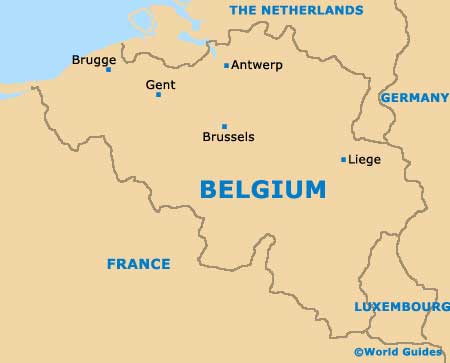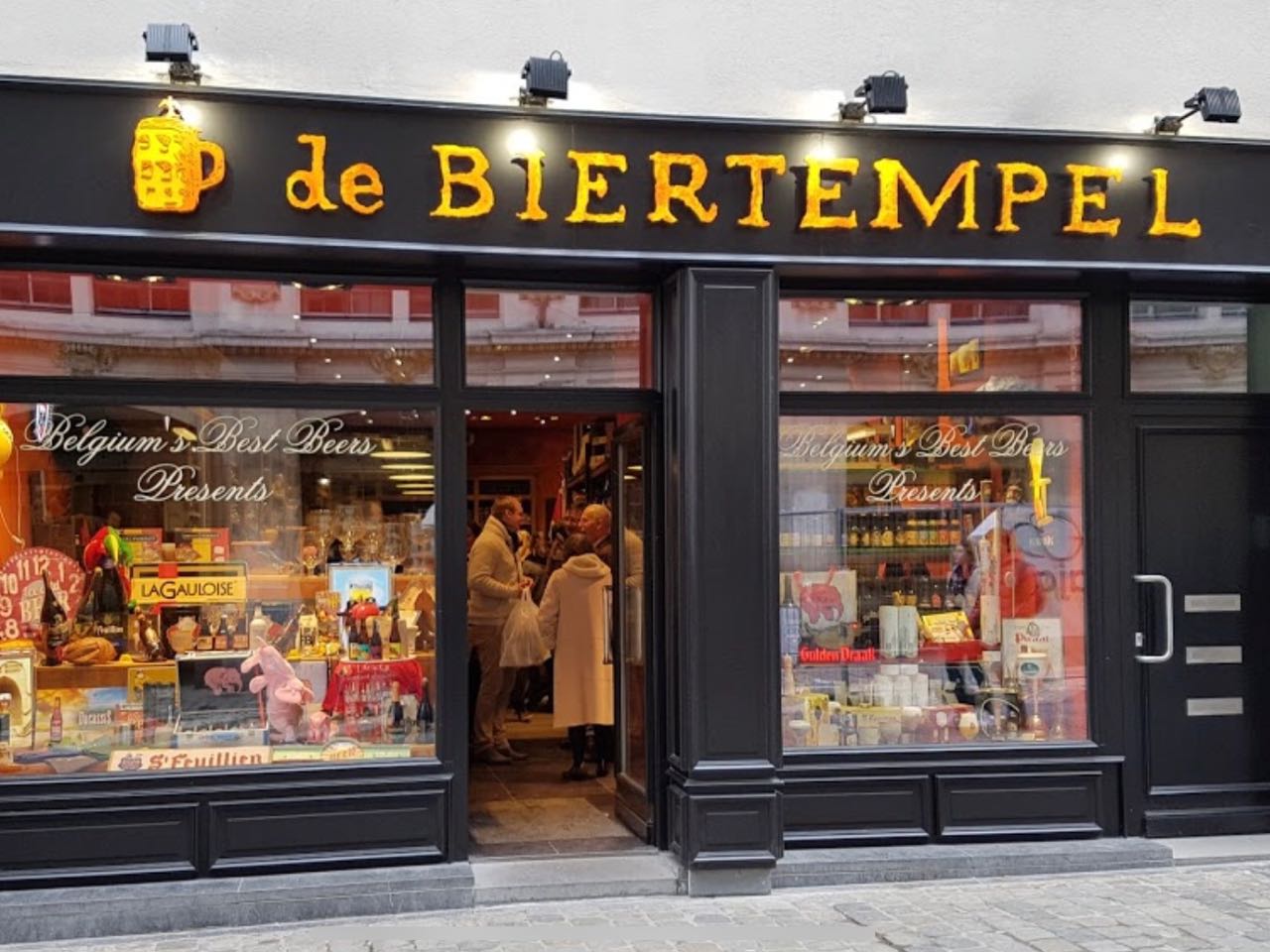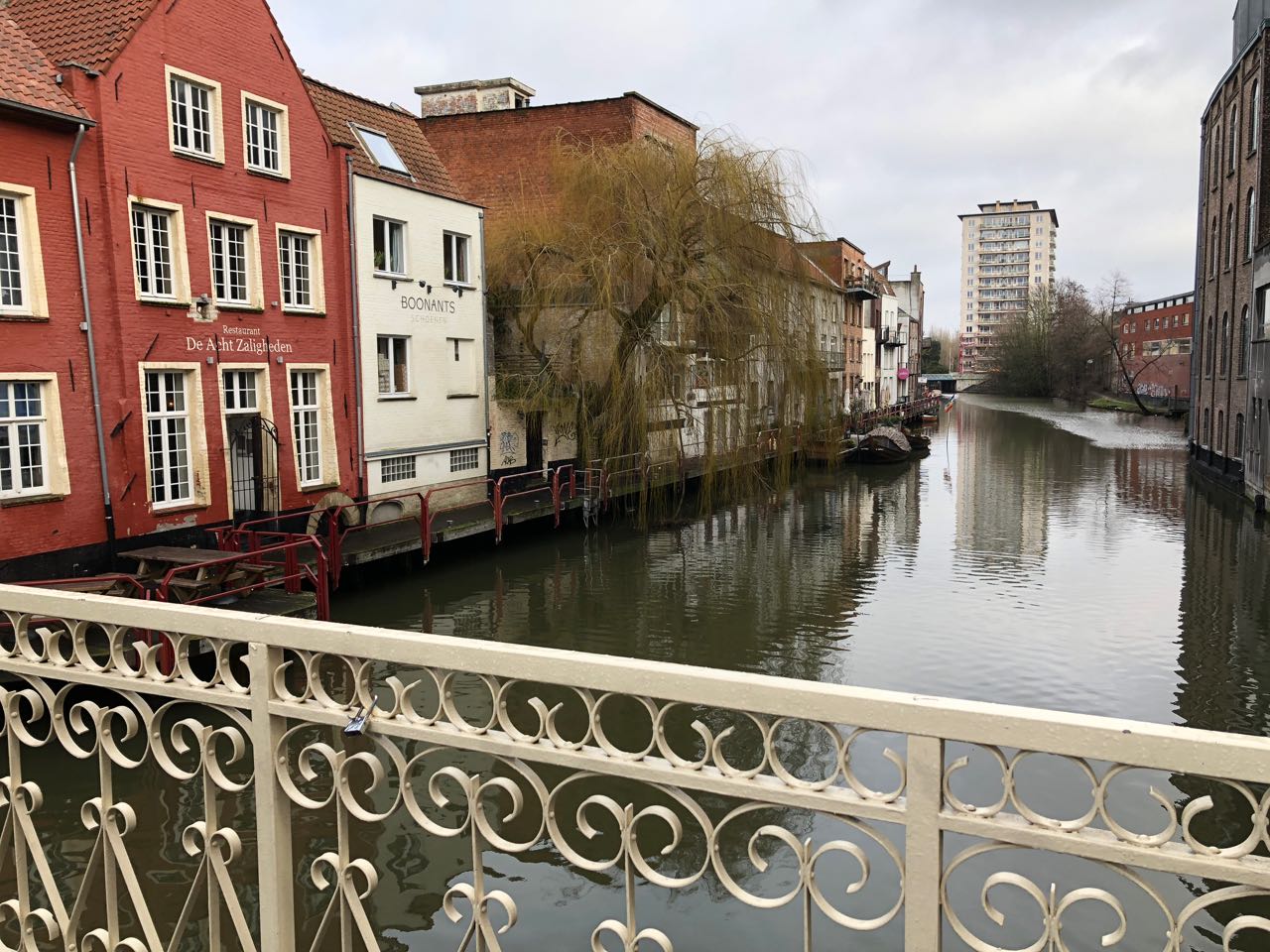Brussels, “Capital of Europe” – it sounds modern, thrusting and perhaps a little soulless. But Brussels is none of these things.
The capital of Belgium, Brussels, is a fascinating place with stunning architecture and fascinating history packed into every street and alleyway.
Here are some quick tips for a short visit to Brussels:
1. Brussels hop on hop off tourist bus
No fret on not having a tour guide..The Brussels hop-on hop-off bus goes around the city and stops at famous attractions. You can get off-board, check out the attraction and continue the route by getting on another bus whenever you feel like it. No group stress or time constraints make this a really pleasurable option. Audioguide about the route is available in most world languages.
This Brussels sightseeing bus ride features 2 lines and covers a large area of Brussels city.
Be warned of the shorter operating hours during winter season.
2. Getting around using the public transport in Brussels.
Most public transport in the Brussels-Capital Region is managed by the STI. This means that you can use one single contactless card to travel round central Brussels. The MOBIB Basic is an anonymous and reloadable contactless card. It costs €5 (non refundable) and has a validity period of 5 years.
Each JUMP is a travel using the STI mode of travel and the change between the modes will be free if it is within 60 mins.
Various fare fees:
•single ticket JUMP: 2,10€ (purchased outside vehicle) / 2,50 € (purchased inside vehicle)
•1 ticket STIB/SNCB : 4,20€
•card for 5 journeys JUMP : 8,00€ (+ MOBIB basic = 5€)
•card for 10 journeys JUMP: 14,00 € (+ MOBIB basic = 5€)
•1-day card JUMP : 7,50€
•airport line – bus 12/21 – one way ticket: 4,50 € (1 journey purchased outside vehicle) / 6,00 € (1 journey purchased inside vehicle)
•airport line – bus 12/21 – 10 days: 32,00€
•airport line – train : one way ticket 8,60€ – return ticket 17,20€
The “1-day card” may be used on STIB vehicles as much as you like and when you wish during the same day.
3. Atomium
The Atomium has since come to symbolise Brussels, as the Eiffel Tower does Paris.
The Atomium was designed by a Belgian engineer André Waterkeyn to represent a single unit of iron crystal magnified 165 billion times. There are 9 spheres representing atoms which are connected by tubes with escalators and lifts. Each sphere is about the size of a large apartment (18m diameter).
Visitors can access the 4 remaining spheres by stairs, escalators and lift. Along the way is a permanent exhibition on the history of the Atomium, among other things.
In the top sphere there is a restaurant with panoramic view. Using the telescopes that are in the top sphere you can see all the way to the city of Antwerps. Even see its cathedral and port. This Atomium restaurant is
Atomium Brussels location is in an area north of the city centre called Heysel. It is the last stop on line 6 of the metro. Or on tram line 7.
The Atomium : Eeuwfeestlaan / Boulevard de Centenaire, B-1020 Brussel (Laken).
4. Belgium Waffles
The Brussels waffle is really different from the street waffle. First, its not sweet, we use so little sugar in the batter than it doesn’t taste sweet. Second characteristic that differentiate this waffle is its crispiness, because of that we need to eat that waffle straight away, off the iron and warm.
In Brussels, you will find a range of waffles with all kinds of toppings. The dough is rich and dense with chunks of pearl sugar that caramelise on the crust when cooked. Add chocolate, whipped cream and fruits and you will never want to leave this town!
I have personally tried and loved the waffles from Maison Dandoy – Grand Place, Rue au Beurre 31, 1000 Bruxelles, Belgium.
5. Chocolate
Chocolate is one of the biggest industries in the world, and as it happens, some of the most famous chocolatiers are located in Belgium.
Mary
Mary Delluc set up shop in Brussels in 1919, and thanks to her exquisite recipes, she proved herself as a chocolatier. She pursued excellence and quality and created a legacy which helped her to become a standout in the world of chocolate. She was the first woman to pioneer Belgian chocolates and was determined to change the way people initially used the sweet treat, changing it from a medicine to a luxury item. In 1942, Mary Chocolaterie was honored with the Belgian Royal Warrant by King Leopold the II. She is one of 4 (out of 2,000!) chocolatiers in Belgium to have earned this privilege.
Mary – Grand Place : 23 Grand Place, 1000 Brussels, Belgium
Pierre Marcolini
This Maison of Haute Chocolaterie was established in 1995 in Brussels. Pierre Marcolini is one of the most famous Belgian chocolate makers, with an established number of international locations including Belgium, London, Paris and Japan, and what makes his work so special is the fact that he buys unprocessed cocoa beans directly from the best local producers and transforms it into chocolate in his own workshop. He believes that tasting amazing chocolate is akin to tasting wine, which is why the origin of the cocoa beans is so important. The prices may be high, but the chocolate is worth it.
Pierre Marcolini : 1 rue des Minimes, 1000 Bruxelles, Belgium
Elisabeth
The charming little store not far from the Grand Place has an exquisite selection. The quality is top notch and you’ll find flavors like cardamom, wasabi, jasmine, and other exotic spices and fragrant herbs.
Elisabeth : Rue du Marché aux Herbes 55, 1000 Bruxelles, Belgium
5. Beers
Many of Belgium’s finest brews can’t be bought outside the region in which they are made. So a trip here is essential if you take beer seriously, and many Belgians treat beer much as the French treat wine.
Trappist beers are in a league of their own, rightly feted for their complex flavours. The monks brew with an eye for quality rather than quantity, and this is what makes them so special. A typical pils lager takes three days to brew, but a Trappist beer can take two to three months, with secondary fermentation taking place in the bottle.
Belgium’s six Trappist breweries are spread across the country – three in northern Flanders (Achel, Westmalle and Westvleteren), and three further south in Wallonia (Orval, Chimay and Rochefort).
De Biertempel – Brussels
Located in the heart of Brussels, close to the Grand Place, and the cosy neighbourhood of the Beenhouwerstraat and De Munt. There are close to 900 beers sold here today. Most of the beers are rare to find and made the artisanal way.
Besides selling beer, other beer related items are sold. For every beer an appropriate tasting glass can be bought.
De Biertempel BRUSSEL : Grasmarkt 56b, 1000 Brussel.
6. Ghent
During the Middle Ages Ghent was the leading city for cloth. Ghent was one of the most important cities in Europe. It was bigger than London and second only to Paris in size.
In the 14th century, Ghent had to give up its ties with England and embrace the king of France.
The city lost its passage to the sea and the population decreased by half. Only in the second half of the 18th century was there an economic revival. Only then, under Dutch administration, Ghent again became a sea port with the Ghent-Terneuzen canal.
The third most populous in Belgium, with 250,000 inhabitants)
Ghent is a vibrant college town with stunning Dutch architecture and charming canals winding through the narrow cobblestone lanes.
If you want breathtaking, panoramic, 360 degree views of Ghent, definitely make your way to the Belfry of Ghent!
Ghent is just 30 minutes by train from Brussels, so you could easily just do a day trip here
By the way, Cuberdons are a Ghent specialty. They are essentially candies made with fruit syrups and they are extremely addictive.
7. Bruges
Bruges, an hour away from the capital city of Brussels by train. The history of Bruges is one of rise, fall and rise again. In the 12th century, Bruges gained city status.
In the 14th century, Bruges developed into the warehouse of the North-European Hanseatic cities where exotic products could be found.
Bruges’ wealth started to decline in the 15th century, when the larger harbour of Antwerp came to dominate and the cloth industry fell into decline.
By the middle of the 1800s, Bruges was the poorest city in Belgium. The 20th century, the city then became an international tourist destination as the Venice of the North.
Bruges (or Brugge in Dutch) has the unique feature of having a canal that runs through the whole city and because of this, it is sometimes called “Little Venice of the North”. Bruges is also known for its Gothic architecture – the roofs of most buildings are spiked and date back to being built in medieval times.
Bruges is a charming city of elegant swans and medieval streets
there are several sites dedicated to Belgian specialties: the Choco-Story (chocolate), the De Halve Maan Brewery (Belgian beer) and the Frietmuseum (fries).
Read other related posts:
Share this article on:



































